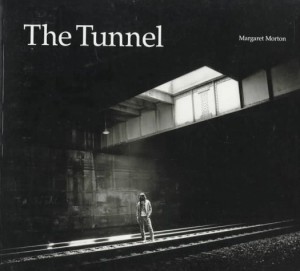“Tapestry Of Space: Domestic Architecture And Underground Communities In Margaret Morton’s Photography Of A Forgotten New York” by Nersessova discusses a safe haven for those who are homeless. It is evident that having a home and having a stable home do not go hand in hand as being synonyms of one another. Homelessness and the architectural structures go hand in hand in helping to create a place called home. The misconception of the homelessness is fought out in this text. When we categorize homeless people we categorize them as not having home but all in all they do have a home just not a conventional or stable home. Morton tries her best to capture points from the homeless point of view. When being homeless, you are shunned by those who have more to offer as far as finances. Those who are homeless are looked at as not worthy. Society has gotten to a point where material items and money has deemed ones worthy. Many look at homeless people as people who are lazy and are only looking for handouts but in turn are some of the most hardworking individuals. As middle class and upper class we devalue the lives of the homeless because we feel superior as if we are better than them. A point Morton makes is how the homeless dwell in underground tunnels in New York to escape the bombard of the media and their interpretations on their situations. This is so they can be left to their reality. Nersessova states that since basically since the homeless do not have conventional homes, cities are allowed to destroy the places they inhabit. Life “underground,” is said to be less stressful because the daily struggle of life is not prominent. The tunnel is almost a safe haven for people to escape to. It revokes any type of fear. Morton uses photographs to showcase the not-so glamourous lifestyle that many people live. Morton captures the side of society is often so belittled. She’s able to show how architectural instances are used to help the homeless to express themselves. The discarded materials used to help make a place they call their own and also used to create a sense of identity. This sense of identity is abruptly taken away when their home is blocked. Homelessness is almost equivalent to being a crime in some people’s minds. Basically to turn urban areas into money making attractions, the “goal has been to push the poor out of sight”(Nersessova). Blocking the tunnels left them with no where to go. Overall Nersessova shows the connection between architecture and the minds of people. Your surroundings make you, you. The infrastructure that surrounds you on a daily determines your way of living. Road blocks and tunnel blocks are used as a prevention method to stop the homeless from entering certain areas. Similar to Schindlers view on built environments. Both explain the misuse of architectural structures. Both show how small, simple changes are affecting people by the mass. Lastly both show that segragation and discrimination is very much alive.
Monthly Archives: January 2016
Hello world!
Welcome to your brand new blog at sites@gsu.edu!
To get started, edit or delete this post and check out all the other options available to you.
For assistance, visit the comprehensive support site, check out the Edublogs User Guide guide or stop by The Edublogs Forums to chat with other edubloggers.
For personal support, you can attend Georgia State’s training on Edublogs or stop by The Exchange for one-on-one support.
You can also reference the free publication, The Edublogger, which is jammed with helpful tips, ideas and more.

